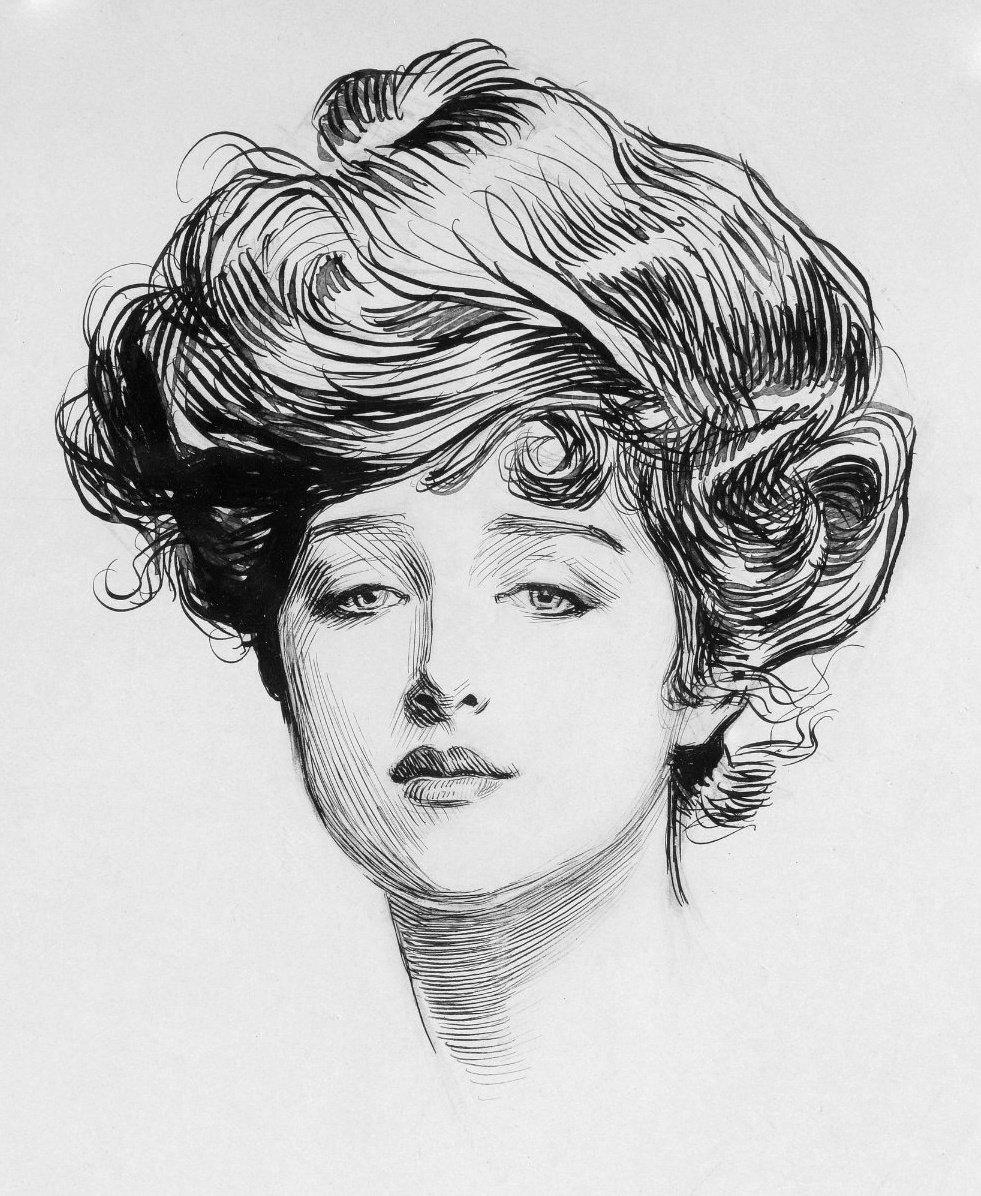skip to main |
skip to sidebar
WOMEN'S VICTORIAN HAIRSTYLES - RESEARCH
Early Victorian Hairstyles - Women
During the 1830s-50s, hairstyles tended to cover the ears and usually had braids or curls that puffed out around the face whilst a bun secured the rest. Hair was long in the Victorian era as haircuts weren't exactly a fashionable thing for women yet, however, the hair was viewed as being ultra-feminine and desirable. Loose hair wasn't something that respectable women would wear in public and was mostly a style used for art. Young girls wore their hair down, however were expected to start wearing it up by the age of 15/16. Long hair styled in an updo was the way most women, especially upper class women, wore their hair during the 19th century. Neatness and cleanliness were important. Hairstyles also reflected dress styles, with the entire silhouette of a women being taken into account. To create more elaborate looks women would use false pieces which were usually made from real human hair so they were easier to style and too add volume.
 Women in the 1830s usually wore a clean middle part with their hair ties back in a neat bun, braid or twist. Occasionally they curled the sides, but bangs weren't in fashion. In the 1940s women began sporting barley curls, long ringlets that were worn mainly by children before they came into style for adults. Chignons moved to the back of the head. Hoop skirts took over the 50s and hair expanded to match by parting it in the middle, padding the sides which created large wings or rolls. Chignons began to move towards the back of the head in the 1860s, mimicking changes in dress style. Huge hoops reaches max fullness and women began wearing dresses that were full in the back giving the silhouette more of an S-shape. Hair got slightly strange during the 80s as pompadours appeared. sometimes accompanied by bangs. Just like the 80s of the 20th century, frizzy bangs were in fashion. The 90s introduced the Gibson girl look - this became an Edwardian icon.
Women in the 1830s usually wore a clean middle part with their hair ties back in a neat bun, braid or twist. Occasionally they curled the sides, but bangs weren't in fashion. In the 1940s women began sporting barley curls, long ringlets that were worn mainly by children before they came into style for adults. Chignons moved to the back of the head. Hoop skirts took over the 50s and hair expanded to match by parting it in the middle, padding the sides which created large wings or rolls. Chignons began to move towards the back of the head in the 1860s, mimicking changes in dress style. Huge hoops reaches max fullness and women began wearing dresses that were full in the back giving the silhouette more of an S-shape. Hair got slightly strange during the 80s as pompadours appeared. sometimes accompanied by bangs. Just like the 80s of the 20th century, frizzy bangs were in fashion. The 90s introduced the Gibson girl look - this became an Edwardian icon.



Chignons
 The word chignon comes from the French phrase 'chignon du cou' which means the nape of the neck. Chignons are generally achieved by pinning up the hair into a knot at the nape of the neck or at the back of the head. There are many different variations of this style.
The word chignon comes from the French phrase 'chignon du cou' which means the nape of the neck. Chignons are generally achieved by pinning up the hair into a knot at the nape of the neck or at the back of the head. There are many different variations of this style.
Pompadour
 There are many variations of this style for both men and women but the classic concept is hair swept upwards from the face and worn high over the forehead and sometimes unswept around the sides and back as well. It was apart of the Gibson girl look in the 1890s and continued to be until the end of World War I.
There are many variations of this style for both men and women but the classic concept is hair swept upwards from the face and worn high over the forehead and sometimes unswept around the sides and back as well. It was apart of the Gibson girl look in the 1890s and continued to be until the end of World War I.
The Gibson Girl look
The Gibson girl look is probably most recognised by having her hair piled on the top of her head and a waist so tiny as to defy belief, the gibson girl represented self-confidence that could surmount any problem. The gibson girl and man in some ways reflects today's 'Barbie and Ken' dolls. The coming of the first war ended the public's romance with the images. The gibson girl first started appearing in the 1890s and was the personification of the feminine ideal of beauty portrayed in illustrations created by Charles Dana Gibson during a 20 year period. This look was more popular in the US and Canada but did exist in the UK.


No comments:
Post a Comment